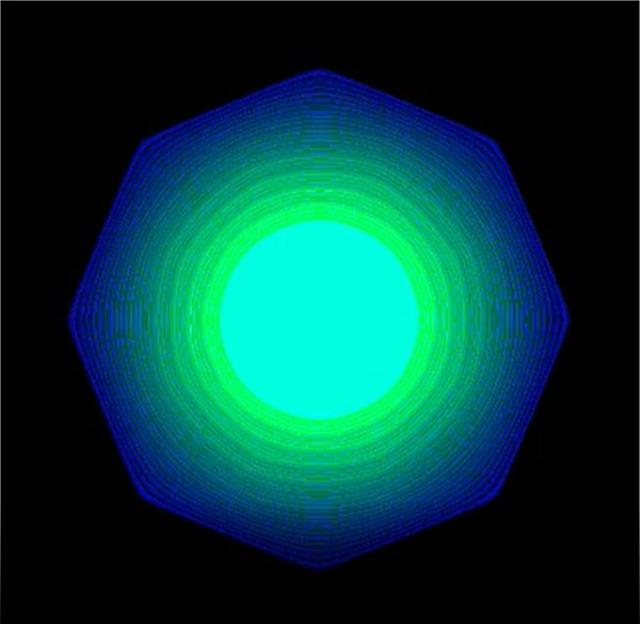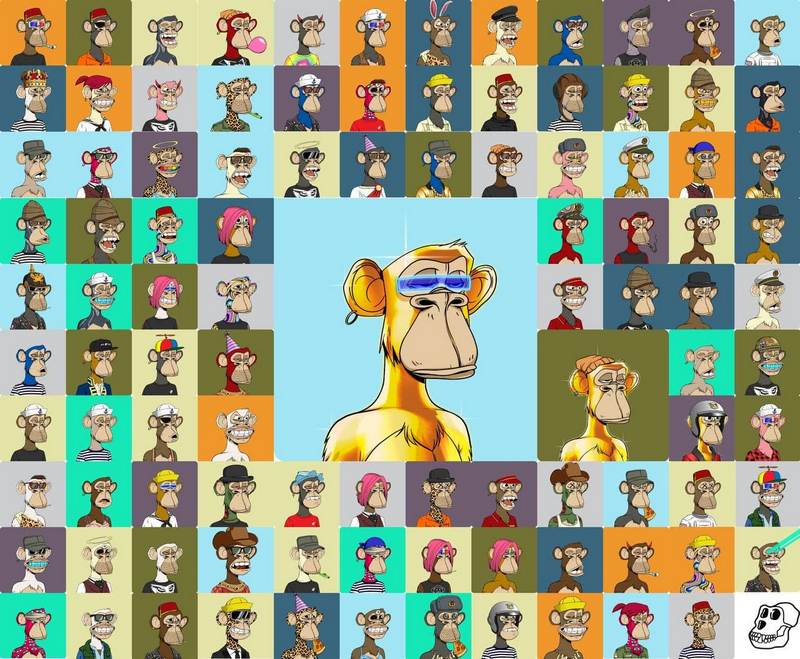
Practical questions
I spent my entire yesterday with an artist, discussing if he can use a digital copy of his own artwork, or, according to papers which he very stupidly signed in the 00s, it belongs to the institution that held the exhibition dedicated to his art 15 years ago. That’s the question and a half: there’s the contract, but the painting belongs to the artist himself. Does this poor thing has a right to sell digital copies via NFTs now?
Digital art revealed one of the most painful nuances of contemporary art: regulation artwork rights and its digital copies. It was always very easy and carelessly: well, I bought an artwork, I have it at home, it’s mine, so it means that everything it produces is mine as well. But how to prove it? Okay, look at my certificate of authenticity… But no! Today the digital world inevitably affects the whole world of contemporary art, and the case I told you about is only one of the examples. And the questions, there are thousands of them…
Digital art is not NFT
Let’s start from the beginning: what is even digital art and what and what does a "non-fungible token" (NFT) has to do with it? Digital art begins to develop in the beginning of the 00s. Digital art is art created with a help of computer or digital systems. It can be different: 1. Analogue art becomes digital. All the variants of digital copies, finger drawings, ipad sticks, turned into gif digital pictures 2. Art which is created by coding, algorithms, AI. Generative art is art created by a program. For example, the elements of one painting are falling into place randomly. Or a work of art changes the digital form because of external factors.
It’s important to understand that digital art is just a variant of a medium. It can have different difficulty: from simple gifs to memes, to complicated worlds, where the script is changed depending on viewer’s decisions. Digital art can also be conceptually difficult. Hito Steyerl studies the nature of digital image. Her project "Factory of the Sun" was shown at the Venice Biennale in 2015. She explores that any image of the reality turned into digit becomes a beam of light that leads us to either wrong or right interpretation of reality. Will we all become ghosts in digital models, created by big corporations?
Jacolby Satterwhite is a pioneer of 3D modelling in digital technology. In his series "Reifying Desire" he performs in a digital "utopian and non-political space", combining his public reactions to art history, political histories, and pop culture with his mother's private drawings and inventions. The viewer can’t understand where the copy of analogue world begins and where only digital modelling starts. All together it creates atmosphere of post-apocalypse where any wishes can come true in a second. This artworks is a reflection of modern world where distance between real and artificial disappears, but wishes of any kind, even the weirdest ones, become the only thing that matters.

What does NFT has to do to it?
NFT is a way of selling digital art via blockchain technology. Blockchain is a technology when the same code with the description of an owner and information about it, is kept in many places. Because of this, the code is difficult to fake. You can compare it to the school diary: you’re the only one who have your diary, you got a bad mark and very easily changed it to a good one with your pencil. No one will ever notice. But if all students have all diaries, including yours, it’ll be almost impossible to change your bad mark this way. This approach is very costly in terms of resources, you need a lot of computers and energy, but that's how it works. Bitcoin is a blockchain. 1 bitcoin is 1 token that consists of such a code. It’s fungible, so it works like money.
A non-fungible token is a token that consists of a unique code. For example, a link to a unique picture, music, poetry. The problem with any original digital work of art is no different from its copy. Copy as much as you can. If a unique code is attached to a digital work, it’s impossible to forge a second copy or the owner. Protection against counterfeiting, in fact, is higher than in the case of analog painting. It was invented by Kevin McCoy, a digital artist, and Enil Dash, a scientist and entrepreneur. In 2014, they presented Monograph, a blockchain tool that allows you to track digital authorship and retain the rights of the creators of new works. It became interesting in January 2021, when everyone was sitting at home, and I wanted to watch art…

Why am I a brilliant artist, but it’s ugly apes that are sold for a lot of money?
This is no longer a question of technology, but a request from a society that is ready to buy NFT, at least today. It must be admitted that the criteria of artistic value are openly rejected in the crypto world today. Society has no request to look at works that carry philosophy or deep meaning, so crypto-punks (the Lavra Labs collective) and apes (the Board Ape Yacht Club) set trends in NFT. Why? This is a purely economic game and statistics that you need to be able to read in order to understand which art will become more expensive and which will fail. It’s important to form a community around the project, and this requires a strong concept, but this is far from the concept that is loved in the art world, but a game with the audience in simple meanings and hype. But at least you don't need to study art history...

Digital is more important than real
Representatives of traditional art today are often either skeptical, hostile, or wary of NFT. Someone calls the critical world the realm of ignorance and develops strategies on how to bring the "real and true" there, someone worries that traditional art will die because of digital, someone is mastering a graphic editor, and someone is learning the basics of the game on the stock exchange. Back in the summer of 2021, experts at Art Basel who talked about the results of the market last year easily took NFT out of brackets with the words: "It's just some gamers," and now it doesn't come out that way. There will probably be a confrontation between tradition and numbers, but art is primarily a game, as the old man Duchamp bequeathed to us, so I suggest you relax, watch the process and take part in an exciting game called NFT.
See you in the Artocratia metaverse!
